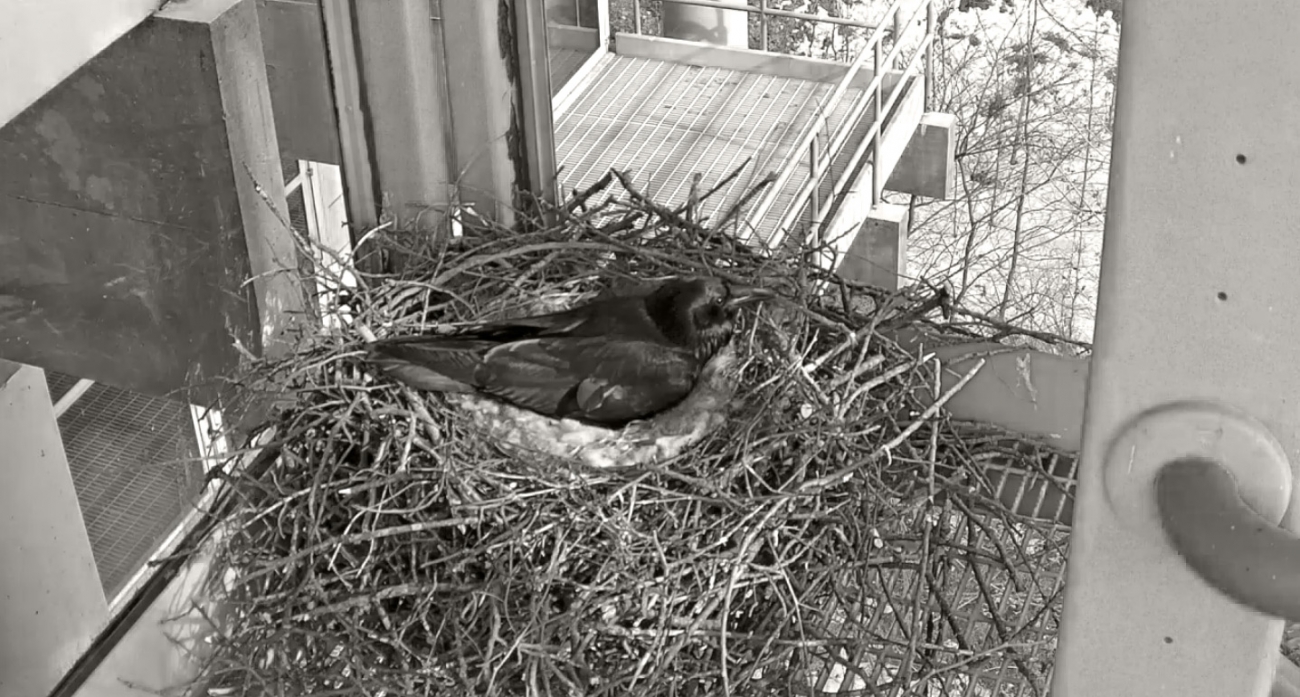The ravens chose Wellesley College most likely for its cliff-like buildings in a productive landscape. The Science Center, surrounded by shrubs and trees, sits alongside an open, sometimes damp meadow. From where "Pauline" and "Henry" made their nest high in a partially glass-enclosed fire escape on the sunny side of the building, their view included Galen Stone Tower, Houghton Chapel, more trees and open spaces, and Lake Waban.
Wellesley College founders Henry and Pauline Durant located their college for women in a clean, beautiful, inspiring landscape and emphasized science in this environment: astronomy, botany, psychology, zoology, and so on. That was trailblazing in the 1800s. “We still do exceptional science here in the lab and in the field,” says Rodenhouse. “The ravens nesting at Wellesley offer a unique opportunity to add to scientific knowledge."
The ravens’ coming to Wellesley is emblematic of the re-wilding that has taken place in New England over the past century. Other resilient wild animal species now living with us (and sometimes spotted on Wellesley’s campus) include American turkey, beaver, pileated woodpecker, red fox, and white-tailed deer. These returning species indicate a positive change in our local environment. Our ravens, very large black birds that may seem formidable, present no threat to people.

